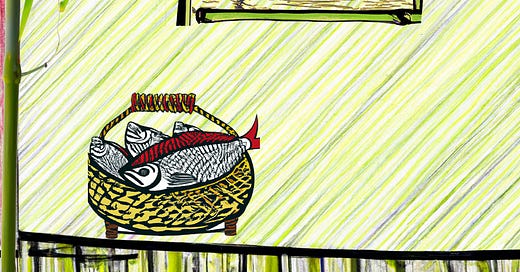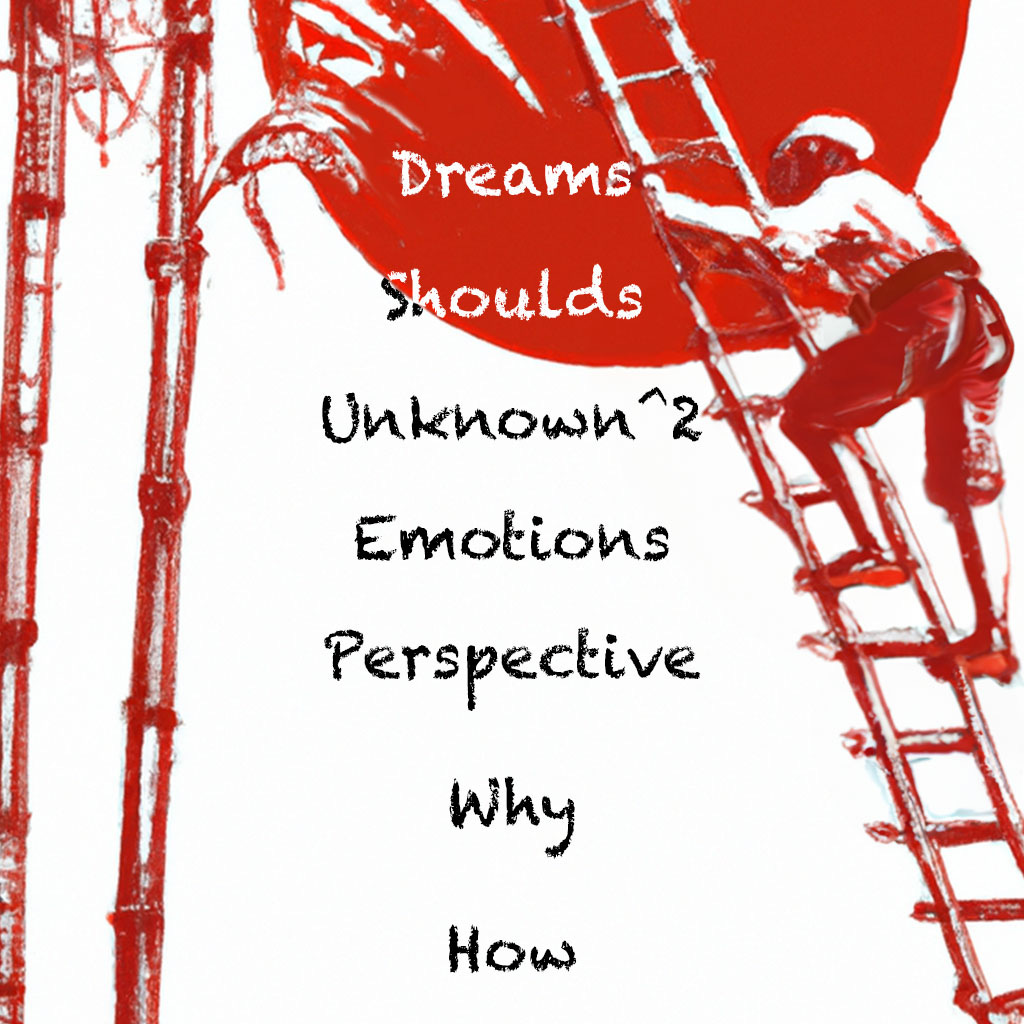How to Fish
We’ve all heard the adage: “Give someone a fish, and you feed them for a day; teach them to fish, and you feed them for a lifetime.” How does the wisdom of this saying apply to the search for growth, personal and professional, both for the guide and the person being guided?
This article explores the landscape of guidance to foster deep and effective alignment between leaders, their values and missions, and the organizations they are building.
I’ll propose a framework, a Hierarchy of Helping, to understand the goals and roles in professional guidance.
My Journey
Five years ago I transitioned from decades of being a Silicon Valley entrepreneur, CEO, and investor to spending most of my time advising. I considered my job to be bringing my experience to benefit my clients. As they became increasingly successful and hired dedicated full-time subject-matter experts, I found the issues where I could be of most value shifting from operational aspects to ones involving people and their belief structures.
The shift inspired me to reimagine myself as a Coach. I still bring my expertise and experience to my Coaching—an in-depth understanding of my client’s business lets me provide a style of coaching different from traditional social science-based approaches, addressing their most pressing specific challenges while also taking a holistic view.
So, I think a lot about how to Level-Up my coaching and lead a seminar series on this for advisors at UC Berkeley’s Skydeck accelerator and fund.
Marquey’s Hierarchy of Helping
Drawing inspiration from Abraham Maslow’s Hierarchy of Needs I propose a Hierarchy of Helping for those of us in the “wind beneath your wings” business.
This is a work in progress, and it isn't a strict hierarchy. I'm eager to hear your thoughts and suggestions for enhancing it. Leave a comment.
From 1 to More: The Y Axis
"Give someone fish, and you feed them for a day; help someone learn to fish, and you feed them for a lifetime."
— modified anonymous proverb
The picture accompanying the article illustrates the Y axis, from giving fish at the bottom to helping someone learn to fish at the top.
The traditional role of Advisors, answering the How, is akin to giving fish. To get to helping learn how to fish involves addressing categories of issues higher up the Hierarchy of Helping:
Each of these categories demands different techniques and poses specific challenges and falls naturally to different roles.
Keep in mind, these categories and roles are a suggestive framework, not a universally valid classification.
Level 1. How
The starting point of the hierarchy, the traditional turf of Advisors, is providing techniques, resources, expertise, know-how, and connections.
In this stage, an Advisor shares their resources and expertise as a shortcut, helping avoid the need to acquire them themselves, saving time, and preventing potential errors.
A How might involve suggesting tactics for negotiating a term sheet, advising on compensation, or recommending a marketing channel.
Level 2. Why
Advisors often help explore the Whys? Why pursue a certain goal or business opportunity, why choose a certain strategy or go-to-market approach?
One way of thinking of these is they are the hows of strategy.
Level 3. Perspective
Salomon’s Paradox refers to how that biblical figure, known for his wisdom and judgment, had a legendarily chaotic home life. How can someone be wise about others’ business yet make a shambles of their own? Because they lack Perspective.
Perspective is the ability to see a situation from a distance, free from cognitive biases clouding the judgment of those closest to the situation.
I’ve found that I can help my clients navigate situations I could not guide myself through simply because I can view their reality with the dispassion of a detached perspective.
Offering perspective is the first step up the hierarchy toward Mentoring and Coaching.
An example could be a Coach helping a CEO understand and deal with a co-founder who is no longer suitable for a role they've held since the company's inception.
Level 4. Emotions
Coaches and Therapists deal with much more than the rational. We need to tackle the emotional state of our clients which underpins what they do and how effectively they function. We also maintain confidentiality, providing clients with one of the few opportunities they have to discuss the weaknesses, doubts, and fears that would be unwise to share with co-founders, teams, investors, or board members.
The emotions category is vast, encompassing empowerment, validation, energy management, growth mindset, values and integrity, grit, fulfillment, interpersonal communications, dealing with conflict, health, and sleep.
Level 5. Unknown Unknowns
Unknowns unknowns are things which we aren’t even aware we don’t know. They’re particularly tricky because we need to identify the Why before we can address them. They often manifest as repeated failures with no reason we can quite put our finger on.
For instance, an executive might repeatedly feel excited about hiring for crucial roles, only to consistently find themselves disappointed in the hires after a while. The root cause might be an overly optimistic attitude about new collaborators or even a tendency to stunt and undermine them once they join.
After we track down the root causes of the unknown unknowns, they become known problems and turn into a How or an Emotions issue.
Resolving unknown unknowns is in the territory of Coaches and Therapists.
Level 6. Shoulds
Shoulds (and shouldn’ts) can be the toughest challenges. They are what we know we should or shouldn't do but never quite manage to. Identifying them is easy—they nag us constantly; making significant changes is the hard part. Engaging with them may require breaking habits and forming new ones, shifting mindsets, addressing self-perception, challenging outdated values or personality quirks, dealing with past experiences, risk aversion, or learning to manage conflict.
Shoulds are a Therapist’s bread and butter; a Coach can help but will have fewer formal tools at their disposal.
Level 7. Dreams
There are vaster questions that we aspire to inform our actions. Why are we doing this at all? What do we want to become in the next 10 or 20 years? What would we do if we had all the money in the world or but a little time left in it?
The ability to help uncover and align an individual with their dreams is in the domain of Therapists, Gurus, and Shamans.
Helping someone envision and manifest their dreams of themselves is a fabulous goal. I haven’t cracked that one yet so that’s something for me to work towards!
Conclusion
The evolution from advisor to coach and beyond is a journey leading past providing solutions to tackling emotional and conceptual challenges to empower the individual. The Hierarchy of Helping serves as a handy guide to understanding the varying roles advisors, coaches, therapists, and even gurus can play in personal and organizational growth with the goal of fostering self-sufficiency, profound change, and enduring success.
Marc Meyer is a Silicon Valley technologist, founder (6 startups, 4 exits, 1 IPO), engineer, executive, investor, advisor, teacher, and coach. He has invested in and advised over 150 companies. He advises and works with accelerators and funds including Alchemist, 500 Startups, HBS Alumni Angels, and Berkeley SkyDeck, where he chairs the Advisor Council and heads the Level Up Series on Advisor Education.
Marc runs an Executive Coaching and Advising practice helping leaders achieve their greatest potential.







